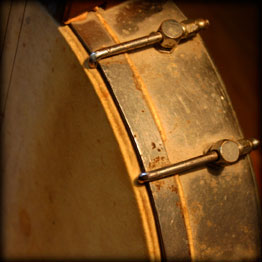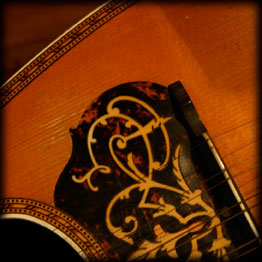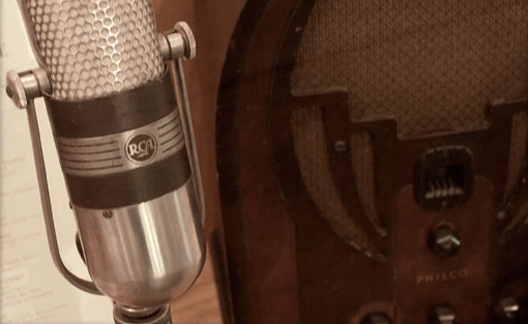George D. Hay & the Grand Ole Opry
—from the Ralph Foster Museum archive
George D. Hay was elected to the Country Music Hall of Fame in 1966.
Hay started as a newspaperman, a chronicler of the human comedy, and it was his deep interest in the study of people that brought him to country music.
He was only a young man — in his mid-twenties — when the Memphis Commercial-Appeal sent him to Mammoth Spring, Arkansas, in the foothills of the Ozarks, to cover the funeral of a Marine hero of World War I.
What he experienced was to change his life.
“I sauntered around the town,” he would write later, “at the edge of which, hard by the Missouri line, there lived a truck farmer in an old railroad car.
“He has seven or eight children and his wife seemed to be very tired with the tremendous job of caring for them. We chatted for a few minutes and the man went to his place of abode and brought forth a fiddle and a bow.
“He invited me to attend a ‘hoedown’ that neighbors were going to put on that night until the ‘crack of dawn’ in a log cabin about a mile up a muddy road.
“He had two other old-time musicians furnished the earthy rhythm.
“No one in the world has ever had more fun that those Ozark mountaineers did that night. It stuck with me until the idea became the Grand Ole Opry.”
Ralph Foster Article reprint...
In a world where the average farmer was isolated from neighbors, the advent of the "radio music box" put the individual in contact with the outside world.
In 1927, Philco began mass-producing radios and became the first company to design battery-operated sets for the farm market.
Farmers tuned in to listen to farm and weather reports, but perhaps just an importantly, they tuned their imaginations in to shows like Amos & Andy, The Lone Ranger, The Shadow and Inner Sanctum.
The staff of College of the Ozarks' Ralph Foster Museum has graciously allowed the reprint of these articles from their archive.
November 21, 2008
plate 1. Vintage RCA microphone and Philco radio, on display at the Ralph Foster Museum.

plate 2. 1924 banjo detail.

plate 3. 1924 tater bug mandolin detail.
...Freedom
by Dale Grubaugh
This past Friday I had an occasion to be on base at Fort Leonard Wood, Missouri. It was the first time I had ever been on a military base. The experience was quite thought provoking.
I guess you would say I was playing tourist. I found myself gaping and gawking at all the sights, the tanks, artillery guns, all the machinery of war. Then I saw them. The soldiers. Young men and women who were drilling, working, and preparing to defend the freedom I hold so dear.
I was intrigued as I watched them marching. They were very non-distinct in their uniforms. They all blended in and moved as one.
The thought occurred to me that some of those young people would be required to make the ultimate sacrifice, for me, for all of us. It was a very humbling and sobering thought.
Freedom really isn't free.
All over these hills, the night sky has been and will be lit up for the next few days with our own form of "the rockets red glare" — our festive celebration of our freedom during the July 4th holiday. May we pause to remember there are young people, all around the globe, who are placing themselves in harms way so we can celebrate.



